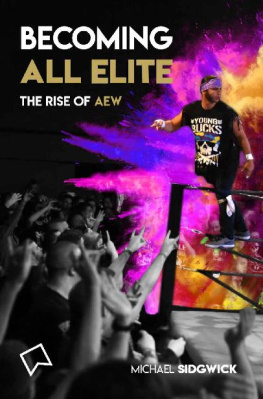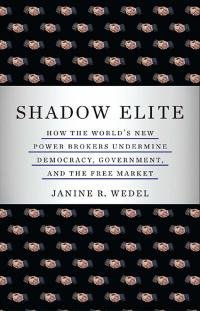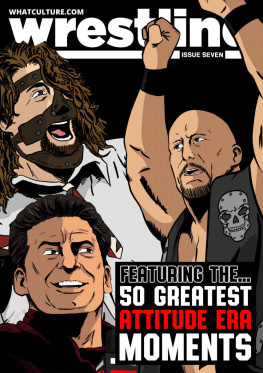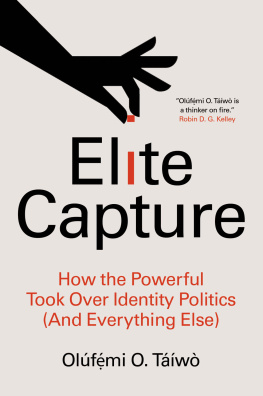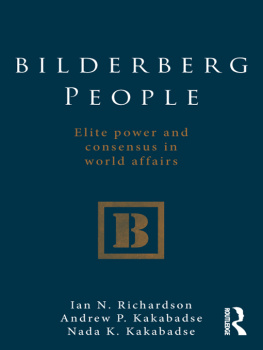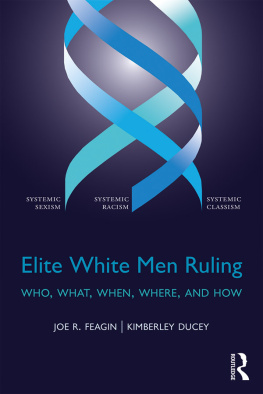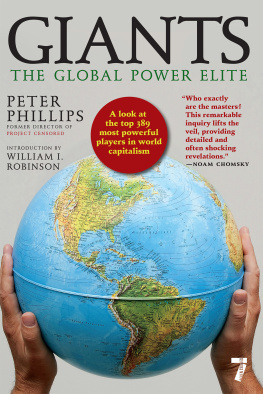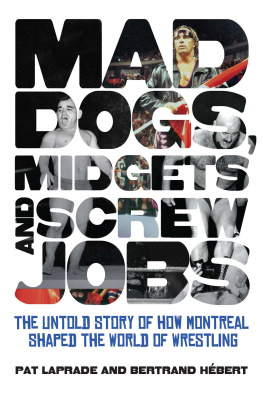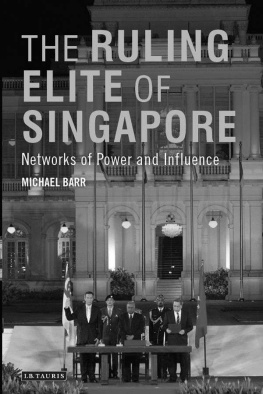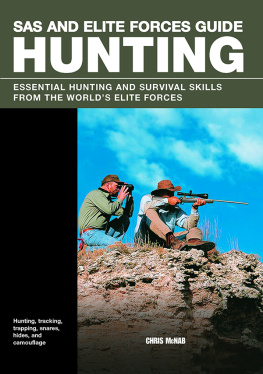Michael Sidgwick - Becoming All Elite: The Rise Of AEW: The short but powerful history of All Elite Wrestling
Here you can read online Michael Sidgwick - Becoming All Elite: The Rise Of AEW: The short but powerful history of All Elite Wrestling full text of the book (entire story) in english for free. Download pdf and epub, get meaning, cover and reviews about this ebook. year: 2021, genre: Detective and thriller. Description of the work, (preface) as well as reviews are available. Best literature library LitArk.com created for fans of good reading and offers a wide selection of genres:
Romance novel
Science fiction
Adventure
Detective
Science
History
Home and family
Prose
Art
Politics
Computer
Non-fiction
Religion
Business
Children
Humor
Choose a favorite category and find really read worthwhile books. Enjoy immersion in the world of imagination, feel the emotions of the characters or learn something new for yourself, make an fascinating discovery.
- Book:Becoming All Elite: The Rise Of AEW: The short but powerful history of All Elite Wrestling
- Author:
- Genre:
- Year:2021
- Rating:5 / 5
- Favourites:Add to favourites
- Your mark:
- 100
- 1
- 2
- 3
- 4
- 5
Becoming All Elite: The Rise Of AEW: The short but powerful history of All Elite Wrestling: summary, description and annotation
We offer to read an annotation, description, summary or preface (depends on what the author of the book "Becoming All Elite: The Rise Of AEW: The short but powerful history of All Elite Wrestling" wrote himself). If you haven't found the necessary information about the book — write in the comments, we will try to find it.
Michael Sidgwick: author's other books
Who wrote Becoming All Elite: The Rise Of AEW: The short but powerful history of All Elite Wrestling? Find out the surname, the name of the author of the book and a list of all author's works by series.
Becoming All Elite: The Rise Of AEW: The short but powerful history of All Elite Wrestling — read online for free the complete book (whole text) full work
Below is the text of the book, divided by pages. System saving the place of the last page read, allows you to conveniently read the book "Becoming All Elite: The Rise Of AEW: The short but powerful history of All Elite Wrestling" online for free, without having to search again every time where you left off. Put a bookmark, and you can go to the page where you finished reading at any time.
Font size:
Interval:
Bookmark:
BECOMING ALL ELITE
THE RISE OF AEW
BY MICHAEL SIDGWICK

WHATCULTURE.COM
BECOMING ALL ELITE
THE RISE OF AEW
Copyright WhatCulture LTD 2021
With enormous thanks to the entire team at WhatCulture LTD, both on camera and off, whose passion, talent, AND EXPERIENCE make projects like this possible.
Published in 2021 by WhatCulture LTD.
All Rights Reserved. This book may not be reproduced, in whole or in part, without the express permission of the publisher except for the use of brief quotations in a book review or scholarly journal.
First published in Great Britain in 2021.
This book is set in GARAMOND and Lemon/Milk
Cover designed by Adam Clery.
Photography by Oli Sandler 
For more awesome content visit whatculture.com
CONTENTS
Prologue
The Origins of Bullet Club
The Young Bucks
Kenny Omega
Cody Rhodes
Developmental
Being And Becoming The Elite
Constellations
Invincible
All In
Trademarks Filed
Double Or Nothing
Paradigm Shift
The Wednesday Night War
The Heat And The Comeback
Revolution
The Pandemic
The Exalted One
Epilogue
Acknowledgements
ReferEnces
- FOR CHARLOTTE -
Guys, it kinda feels like, it smells like I dont know, it seems like this is a revolution.
- Cody Rhodes
Prologue
-
To tell the story of All Elite Wrestling, and convey the scope of its unprecedented achievement, the modern, abbreviated story of WWEs industry monopoly must be told first. After all, there can be no revolution with no established order against which to revolt.
Several classic contests highlighted the professional wrestling boom of the 1980s. Hulk Hogan Vs. Andr The Giant; Ric Flair Vs. Harley Race; Ricky Steamboat Vs. Randy Savage. The most definitive and seismic of all was a battle fought between Vince McMahons ingenious marketing machine and the systemic mismanagement of Jim Crockett Promotions.
To the ultimate detriment of the existing regional system governed by the National Wrestling Alliance, Vince McMahon through the new outlet of cable television expanded the World Wrestling Federation New York territory that he had effectively purchased from his father in 1982. Meanwhile, Media mogul Ted Turner in part pioneered the cable revolution, in 1976, by broadcasting his Atlanta, Georgia independent station WTCG nationally via satellite transmission. The renamed WTBS Superstation was the home, for a time, of Georgia Championship Wrestling. Rendering the advertising industrys historical perception of the pseudo-sport puzzling, in retrospect, it was a sensation, the first cable show to surpass 1 million viewers drawn by highlights of the super-charismatic Ric Flair and Dusty Rhodes.
It also stood in the way of Vince McMahons aggressive plan to monopolise a splintered North American wrestling racket rendered untenable as a result of the changes that swept through the television business. The sleaze and corruption inherent to the mafia-adjacent industry almost naturally infected the territory, which collapsed when Jim Barnett, who fronted it, siphoned revenues to fund his extravagant lifestyle. Matchmaker Ole Anderson investigated the losses, threatened Barnett with charges of embezzlement, and took over the territory. When he ran it with a more prudent approach, the quality declined, allowing McMahon to purchase the slot and shutter the promotion in 1984. July 14 lived on as Black Saturday; a dark day for fans of the Georgia territory who, appalled by McMahons cartoonish vision, pelted TBS with, supposedly, thousands upon thousands of complaints. Apocrypha has embellished the resentment towards this mythical day, and indeed the extent to which ratings had declined, but the fall was significant enough that McMahon was convinced to sell the slot to Jim Crockett Jr., who purchased the prized 6:05 Saturday evening slot at the expense of Bill Watts and his Mid-South Wrestling promotion. Mid-South, a revered, white-hot product that pioneered wrestling as an episodic weekly narrative, had outdrawn WWF programming on the station when both products aired on it. The plan for a Turner-backed Mid-South expansion however fell apart as a result of Crocketts version of the World Championship Wrestling programme drawing stable numbers.
Undeterred, McMahon expanded the WWF through a multi-platform onslaught as savvy as it was ruthless. The cool new TV vehicle MTV; WrestleMania on pay-per-view; Saturday Nights Main Event on network television to supplement the content syndicated on the USA Network; a merchandise arm famed for LJNs action figure range: McMahon throughout the 1980s pioneered several revenue streams and outlets of exposure while, concurrently, gutting his competition of resources. Where a cut of local TV advertising revenue was exchanged by promoters for a portion of live gate receipts, McMahon paid guaranteed money to the stations directly, forcing his competitors to overspendone of which was Watts, who sold his syndicated television slots to Crockett in 1987 upon the failure of his own expansion attempt. That same year, McMahon extorted pay-per-view providers by threatening to pull WrestleMania IV if they offered Crocketts Starrcade: Chi-Town Heat alongside his own Survivor Series offering. McMahon was successful in his gambit because, and his star power was such that it can be plainly reduced, he had Hulk Hogan: the biggest drawing attraction of his generation and the star of the pay-per-view smash WrestleMania III.
There is no more accurate word to describe the prime Hulk Hogan act than magic. Hogan, launched as the face of the WWF in 1984 after McMahon poached him from the American Wrestling Association, cast a spell on crowds. Sporting an incredible superhuman physique shaped by anabolic steroid use, Hogans ber-earnest spiels, theatrical anguish and miracle comeback routine drove fans to live and die with him; if a specimen of his proportions was getting beat down, it just had to be bad. Resplendent in an instantly iconic red and yellow colour scheme, espousing a do-gooding moral code and walking with purpose to the ring backed by the triumphant cornball euphoria of Real American, Hogan was very much the slice of Americana that his promoter-cum-onscreen nemesis Mr. McMahon later described him as in 2003. In tandem with match layout genius Pat Patterson, Hogan reigned over an era of pro wrestling that while not athletically exhilarating, for the most part, felt like the transition from black-and-white to colour TV. The WWF, in collaboration with and under the nous of NBCs production luminary Dick Ebersol presented the more vibrant, mainstream-friendly product.
From the ashes of Georgia Championship Wrestling, Jim Crockett Promotions continued to rise by subsuming the promotion in addition to the Universal Wrestling Federation, the rebadged Mid-South it had purchased. JCP, presented under the doomed banner of the NWA, offered what its rabid audience deemed the real stuff. Headlining star Ric Flair was a machine of stamina and technique in the ring, his Four Horsemen stable a band of brothers that radiated as much menace as hollering charisma, and the core territory value of rugged masculinity realised itself with disturbingly awesome Road Warriors squash annihilations and the claret-soaked chaos of its seminal double-cage WarGames attraction. But the grit of the NWA wasnt particularly network TV-friendly. The darkness that cloaked the arenas doubled as an alluring portent of the violence, but looked second-rate in contrast to the WWF. The financial management was disastrous and ultimately fatal; through pointless jet rides and a fundamental misunderstanding of how to effectively market how well-received the product was, the promotion overspent itself into oblivion and was sold, in 1988, to the Turner Broadcast System and renamed World Championship Wrestling in a bid to glamorise it for a mass audience. McMahons expansion was an insidious, ultimately successful campaign; when the 1980s bled into the 1990s, and various attempts to defeat McMahon through collaboration had failed dismally, North America was left with just two national promotions of any renown: the WWF and WCW.
Next pageFont size:
Interval:
Bookmark:
Similar books «Becoming All Elite: The Rise Of AEW: The short but powerful history of All Elite Wrestling»
Look at similar books to Becoming All Elite: The Rise Of AEW: The short but powerful history of All Elite Wrestling. We have selected literature similar in name and meaning in the hope of providing readers with more options to find new, interesting, not yet read works.
Discussion, reviews of the book Becoming All Elite: The Rise Of AEW: The short but powerful history of All Elite Wrestling and just readers' own opinions. Leave your comments, write what you think about the work, its meaning or the main characters. Specify what exactly you liked and what you didn't like, and why you think so.

